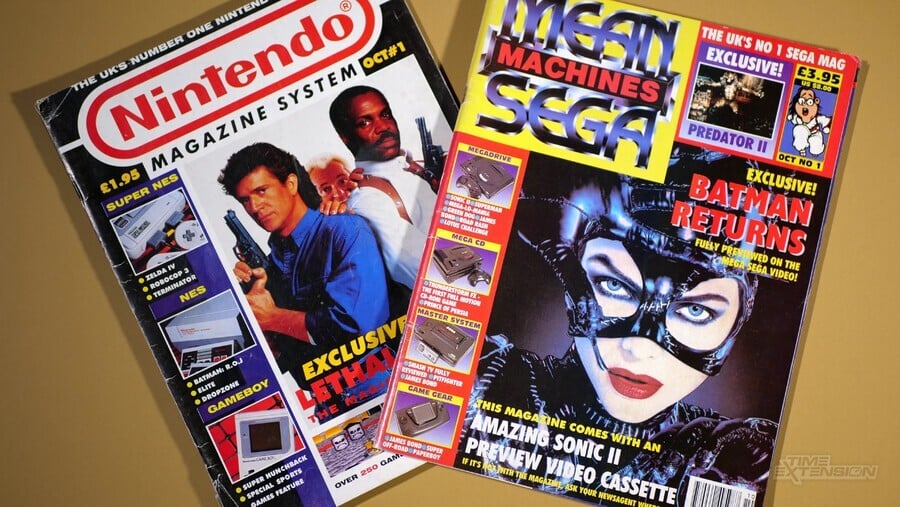
Back in October 1992, a schism occurred that sent shockwaves through the British video gaming community – the multi-format console magazine Mean Machines split into two different publications, Nintendo Magazine System and Mean Machines Sega.
We might sound like we're making this a little more dramatic than it actually was, but this division was earth-shattering for fans of the magazine – which, by this point, had run to 24 issues and become one of the hottest mags on the market.
Launched by Zzap!!64 and Computer & Video Games legend Julian Rignall in 1990, Mean Machines initially covered the NES, Game Boy, Mega Drive and Amstrad GX4000 (don't ask), later expanding its coverage to the SNES and Game Gear (and dropping the GX4000). By 1992, it was selling in excess of 100,000 copies a month – a phenomenal number, even for the glory days of print media.
However, it soon became apparent that by covering both Nintendo and Sega, the magazine was, in effect, alienating half of its audience each month. The choice to split it into two publications, each focused on a single hardware maker, was perfectly sensible, and that momentous event took place towards the close of 1992, with the SNES and Mega Drive in full swing and the Mega CD already making column inches despite the fact that it wouldn't arrive in the UK until the following year.
With NMS, the headline news was that publisher EMAP had managed to secure the official Nintendo license, giving the magazine even more gravitas. "Nintendo were notoriously litigant at the time, so everyone was scared about doing a Nintendo-specific magazine," former EMAP staffer Richard Leadbetter told this writer many years ago in a piece for Retro Gamer magazine. "However, EMAP had secured the official Nintendo license and it was seen as a license to print money."
EMAP would have to wait a while before it got the Sega license as well, so the choice was made to simply add the brand name to the existing name to create Mean Machines Sega. The two publications would share many of the same writers, and the ability to focus solely on one platform holder meant each magazine could devote more space to the respective consoles – but there was a feeling amongst some fans that a little bit of the anarchic Mean Machines magic had been lost as a result of the division.
"It could be argued that Mean Machines was effectively diminished with the split into format-specific titles," says Leadbetter. "The established fans might have moaned, but it was largely irrelevant – the two new publications attracted thousands of new readers, and the Mean Machines success story continued unabated. I think the first issue sales were something like 148,000 for MMS and something totally stupid like 180,000 for NMS. It was an enormous success."
Both magazines would enjoy prolonged lifespans, with NMS being published, in some shape or form, by EMAP for the next 12 years before the license was taken over by rival Future Publishing in 2006. Mean Machines Sega would run until 1997 when it was folded into Sega Magazine's successor, Sega Saturn Magazine.
Do you have any fond memories of these magazines? Let us know with a comment below.
